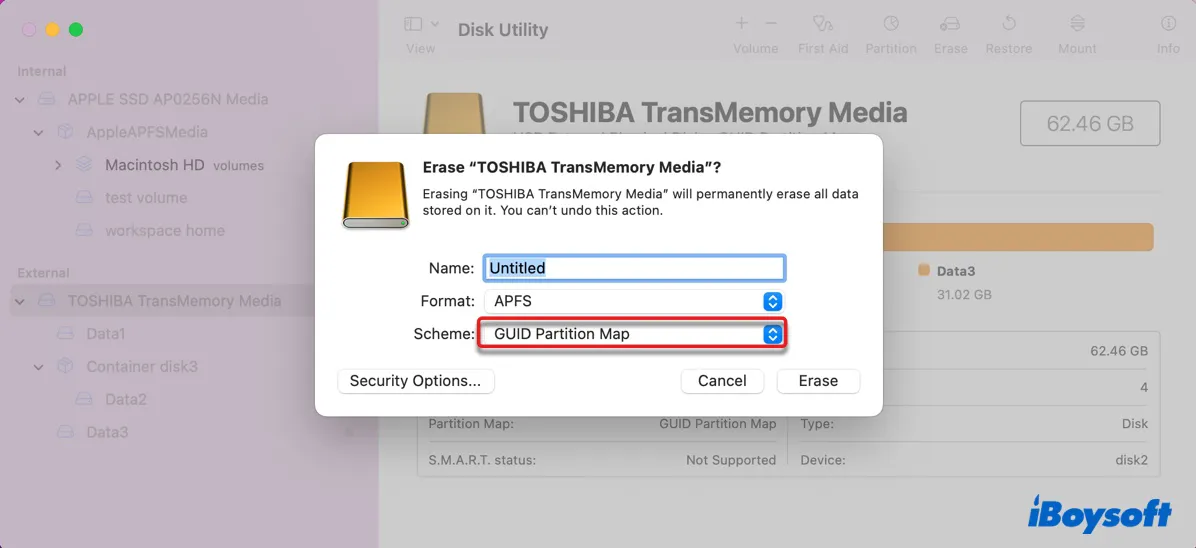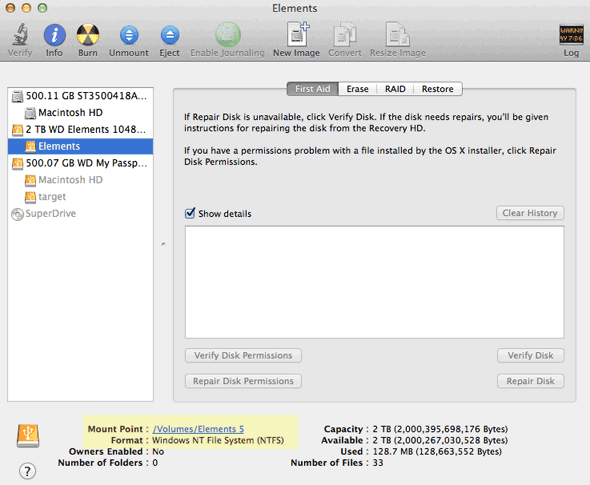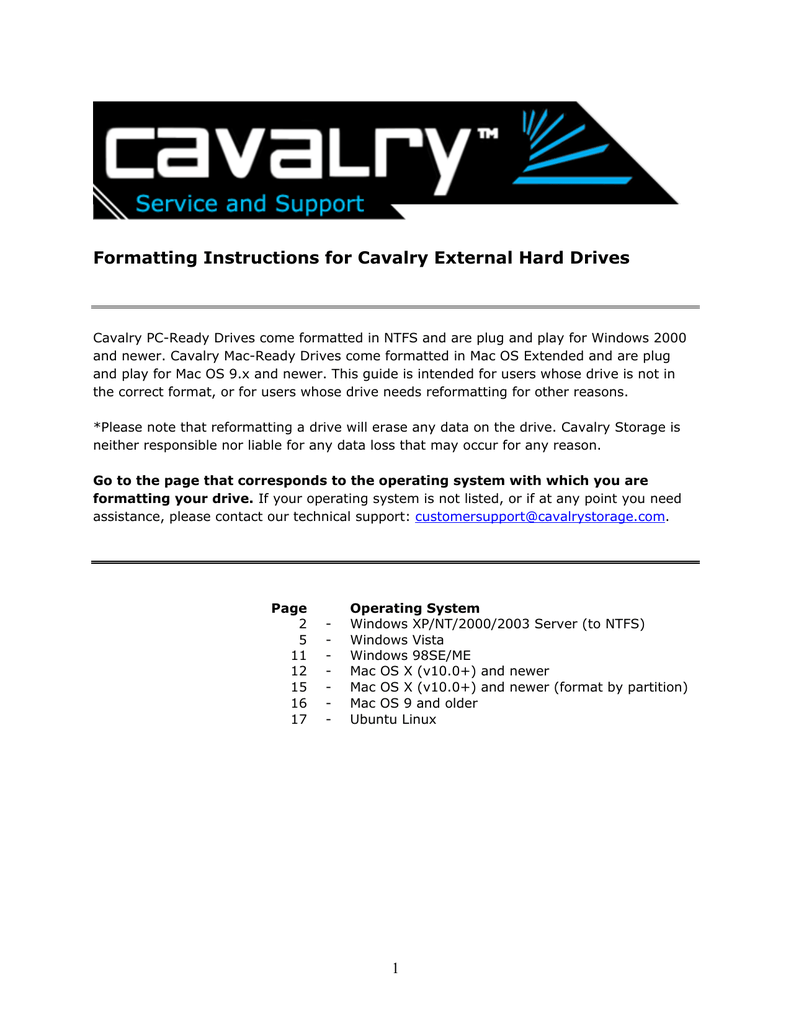

Significantly reduces backup and recovery times while improving general performance.Įnables to take consistent snapshots of both inactive and in-use partitions, e.g. If you're dead set on partitioning-or you're doing something that requires partitioning, like dual-booting your computer-then read on.APFS containers and volumes backup/restore and copy is not currently supported. If you don't have to partition your drive, consider the pros and cons before continuing. This is convenient, but it can also cause as many problems as it solves-if you run out of space on one partition and have too much free space on the other. Similarly, partitioning allows you to allocate one portion of your drive to Windows itself, with another for all your music, videos, and other files, so they don't get deleted when you reinstall your operating system.

However, by creating a partition, you can use Windows' built-in BitLocker to encrypt an entire partition and avoid using third-party software.

If you want to encrypt files, for example, it may be easier to create a virtual disk with a program like VeraCrypt (Opens in a new window). Partitioning your drive seems convenient, but it isn't always the ideal solution to your problem. If you aren't using all the space on your C: drive, you can divide it into multiple partitions for other uses. This process is called partitioning your drive, and in fact, your drive is probably partitioned out of the box: the majority of the drive is occupied by the C: partition, but most PCs also have a small "Recovery" partition that can help repair your system if something goes wrong. It's actually easy to do, and all the necessary tools are built right into Windows.


 0 kommentar(er)
0 kommentar(er)
